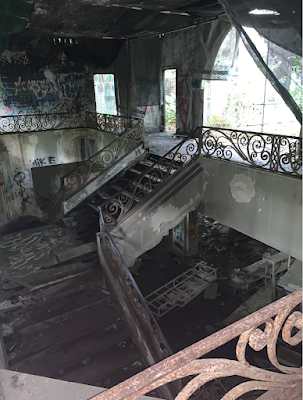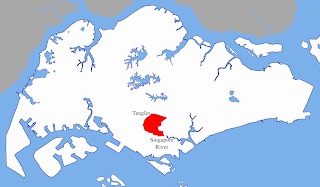Pirates of the Negara Selat

Despite the passing centuries traversed by the pendulum of time, some things in Southeast Asia never seem to change: piracy is one of them. Once in a while, it grabs a 21st-century newspaper headline; two hundred years ago, however, it was the persistent, recurring and ongoing issue of the times. The larger-than-life character of Captain John Dill Ross appears in the fourth chapter of Palace of Ghosts . He achieved near celebrity status among the residents of Singapore when news broke about his almost calamitous encounter fighting off an against-the-odds pirate attack off the coast of northwest Borneo in the middle of the 19th-century. Piracy had long been the scourge of shipping in the region and was an ever-present topic of conversation over dinner. When Captain Ross’s skirmish hit the newspaper headlines, it was the talk of the town for months! Captain Ross is important to the story because he was the first person to build a grand residence on the plot of land that was eventually to



